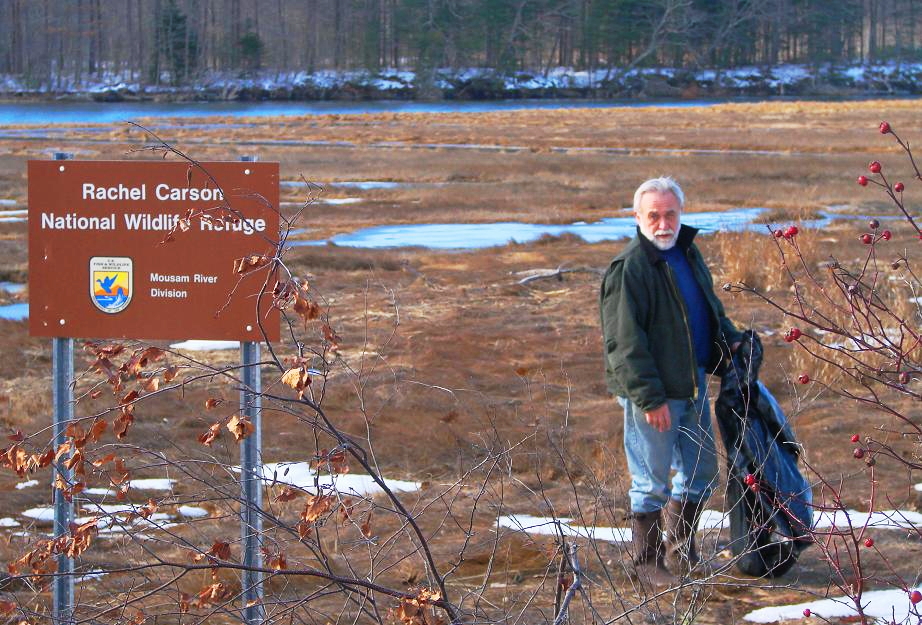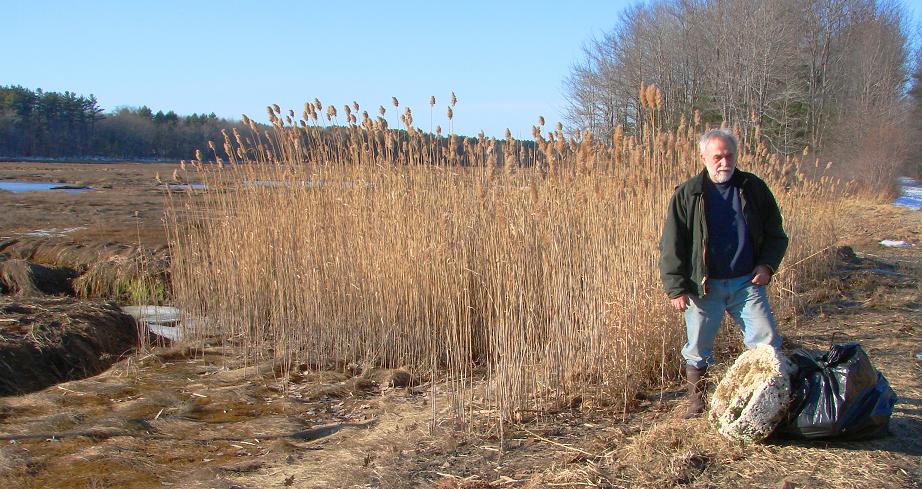You’ve probably read about the giant patch of floating trash in the middle of the Pacific Ocean. Well, we have our own plastic trash poisoning the Gulf of Maine. Let me show you where it comes from.
 Saturday was a warm, sunny afternoon, and a lovely day to be outdoors. We live on the edge of a salt marsh, and a couple of times a year I go out and pick up garbage. Saturday seemed like a good day to do that. There had been strong Spring Tides earlier in the month – with that lots of litter is flushed down-river and deposited at the tide line. It is not unusual to fill up a trash bag or two in less than an hour.
Saturday was a warm, sunny afternoon, and a lovely day to be outdoors. We live on the edge of a salt marsh, and a couple of times a year I go out and pick up garbage. Saturday seemed like a good day to do that. There had been strong Spring Tides earlier in the month – with that lots of litter is flushed down-river and deposited at the tide line. It is not unusual to fill up a trash bag or two in less than an hour.
90% of this trash is plastic. By volume it is mostly urethane foam and Styrofoam. The remainder is plastic bottles – bottled water and sports drinks primarily. Yesterday I picked up 42 bottles.
The trouble with plastic is that it doesn’t biodegrade but it does UV-degrade. In other words, it doesn’t break down in the environment, it simply breaks up. What is most irksome is Styrofoam packing material (the kind your new computer came boxed in). I find big chunks woven into the marsh grass. When you go to pick them up, they disintegrate in your hand into little white pellets that blow away in the wind.
Eventually, most of this plastic pollution is washed out to the sea. Hundreds of millions of tons of plastics and chemicals make their way into the ocean every year.
The United Nations Environment Program estimated in 2006 that in every square mile of ocean there may be 46,000 pieces of floating plastic – mostly microscopic bits. In places like the Pacific Garbage Patch plastic outweighs plankton at a ratio of six to one. It is not that bad in the Gulf of Maine – yet. But this stuff accumulates. I don’t harbor any illusion that picking up a bag of trash for recycling amounts to much in the scheme of things. It is simply an act of hope.
